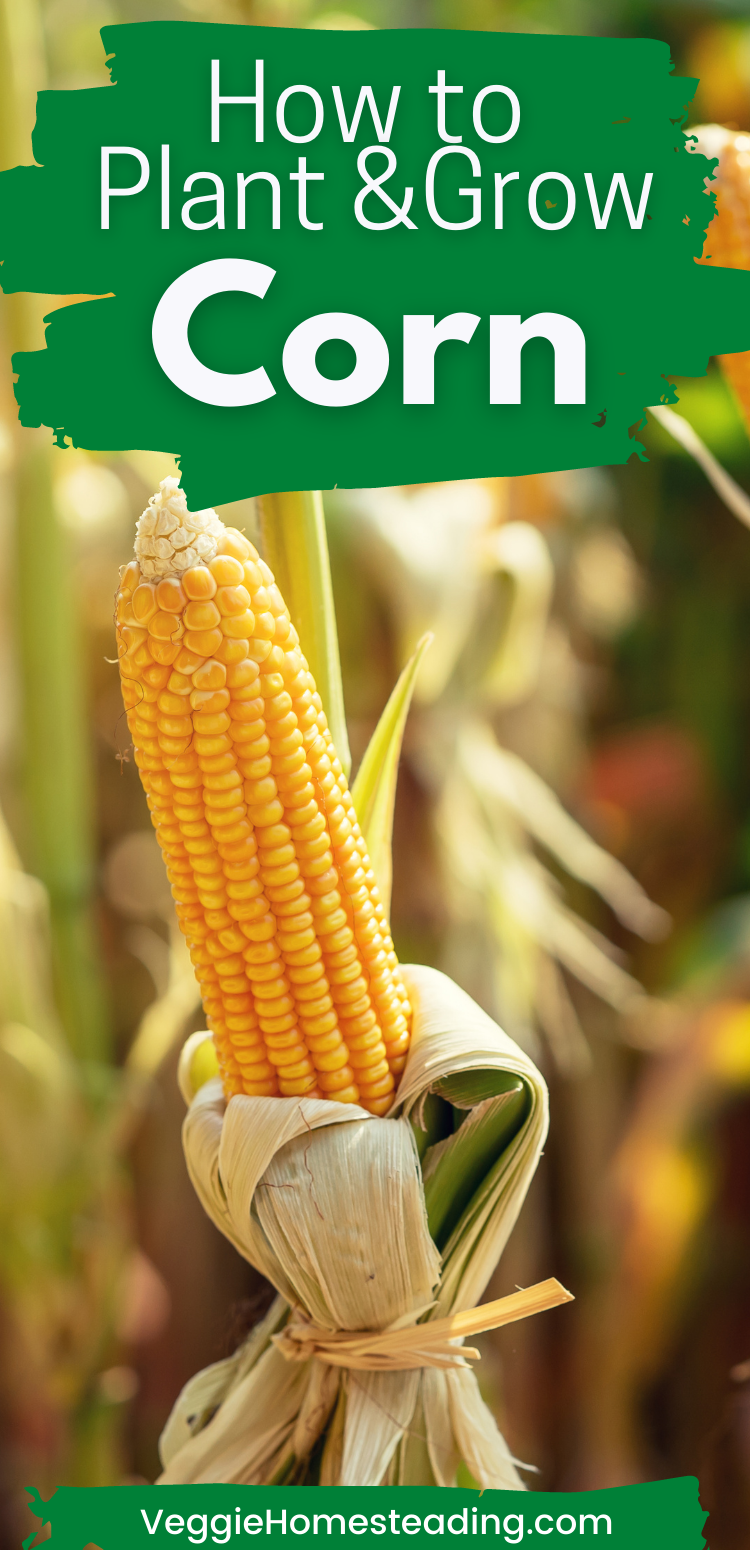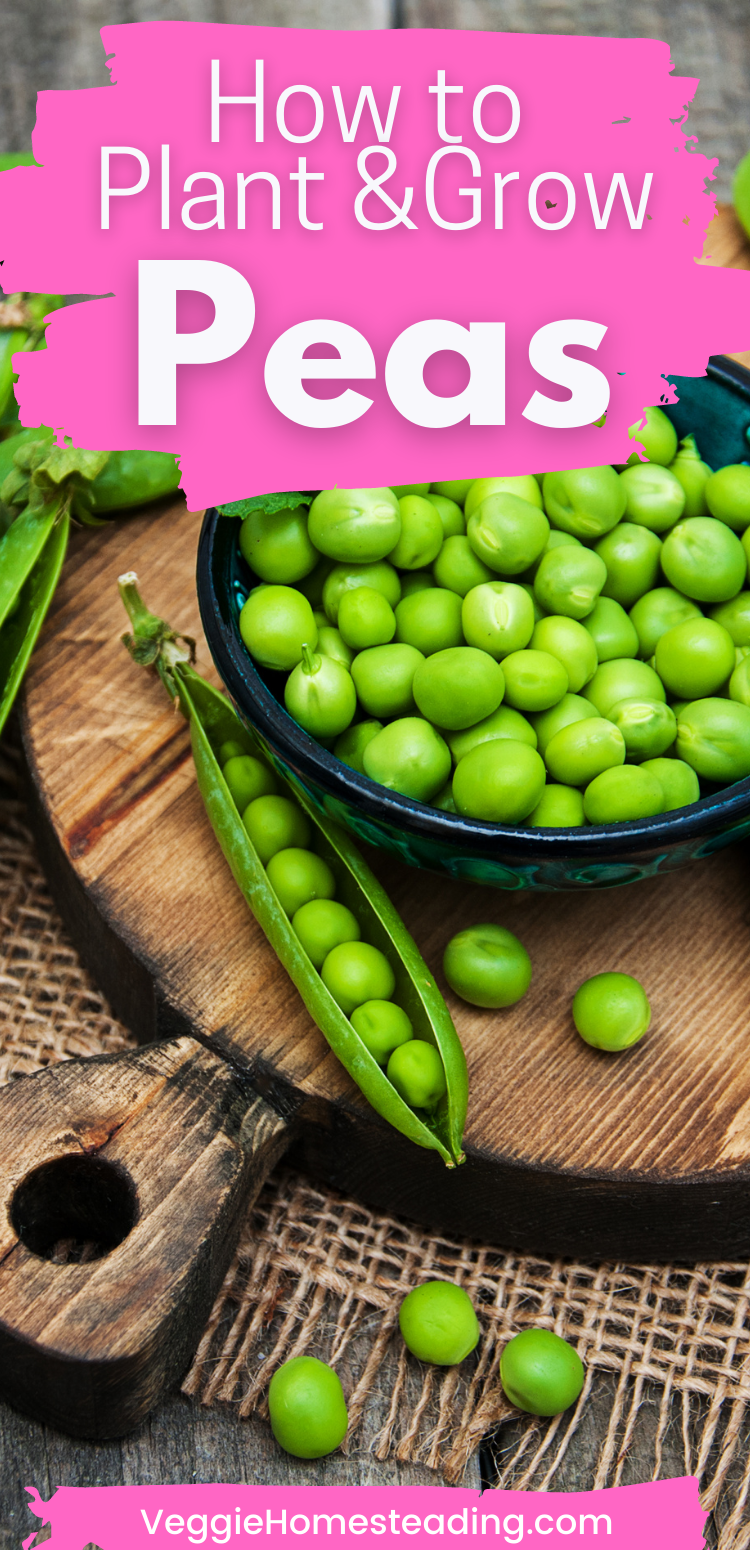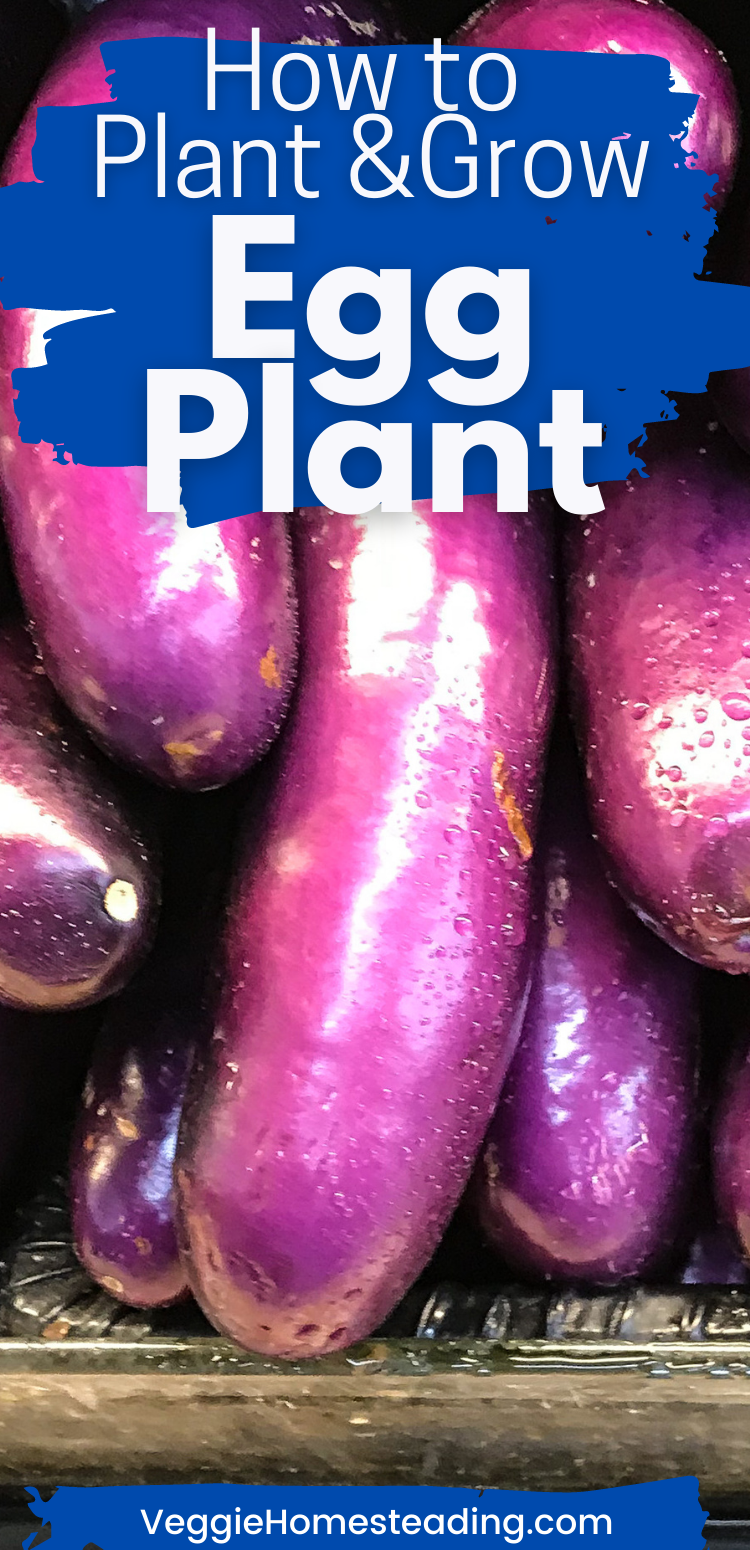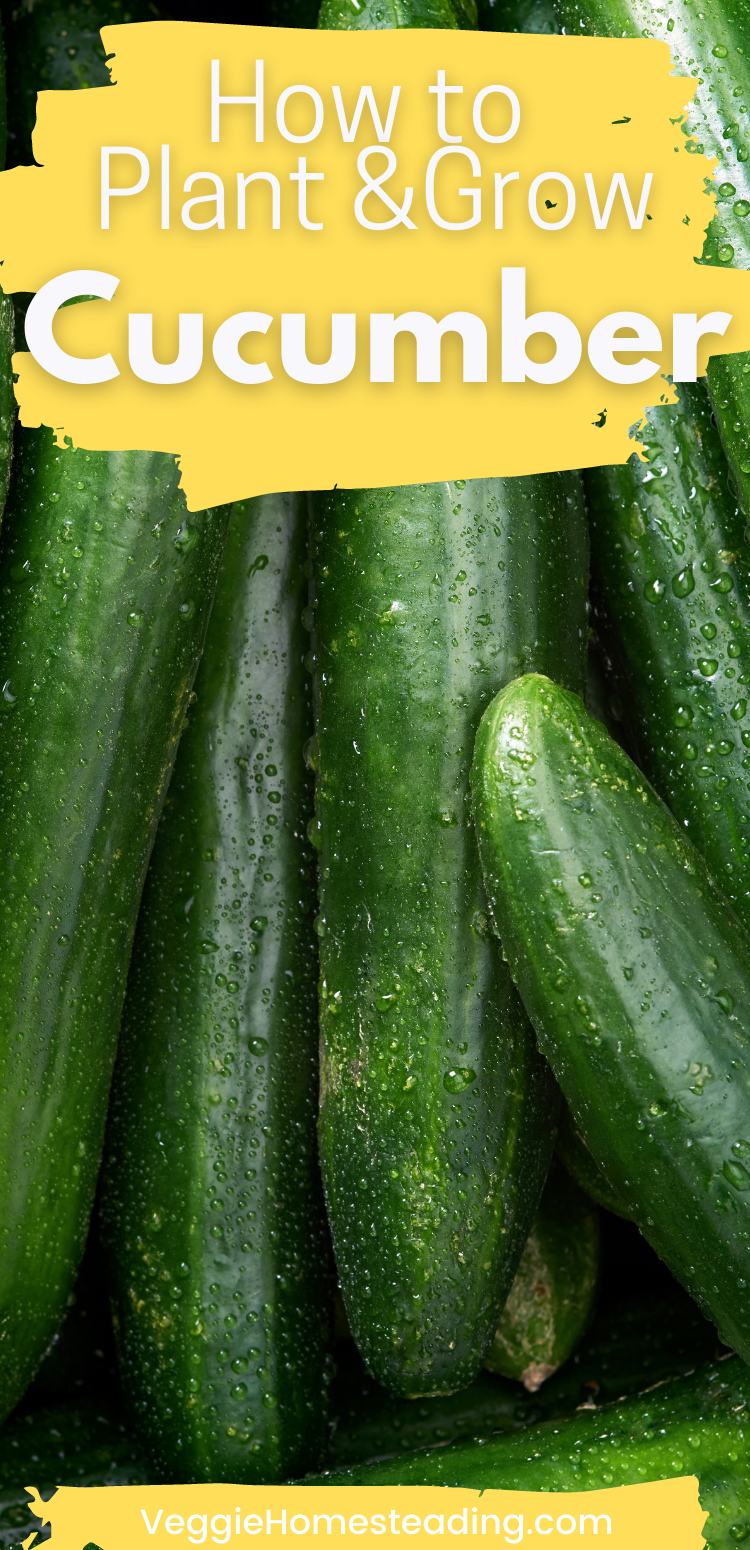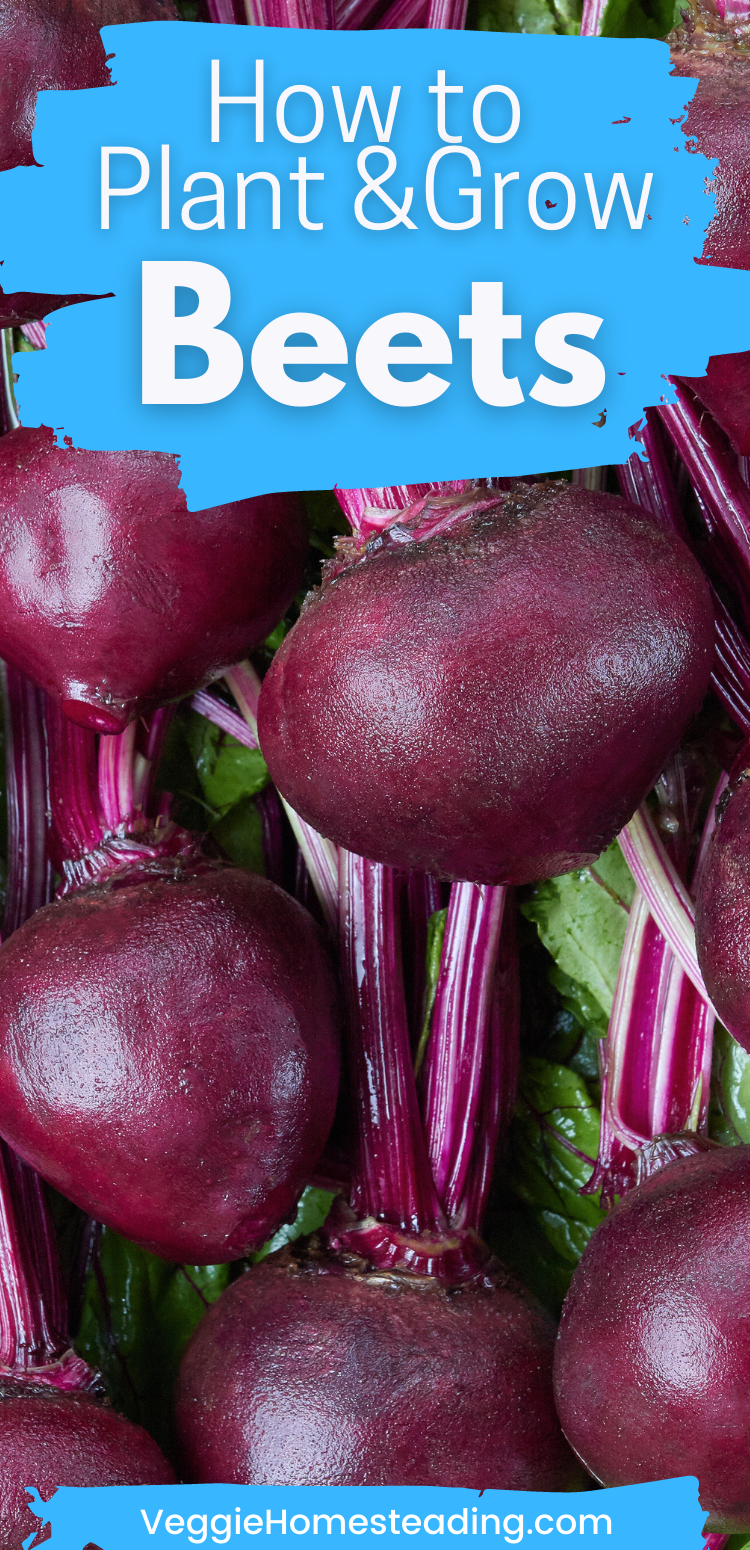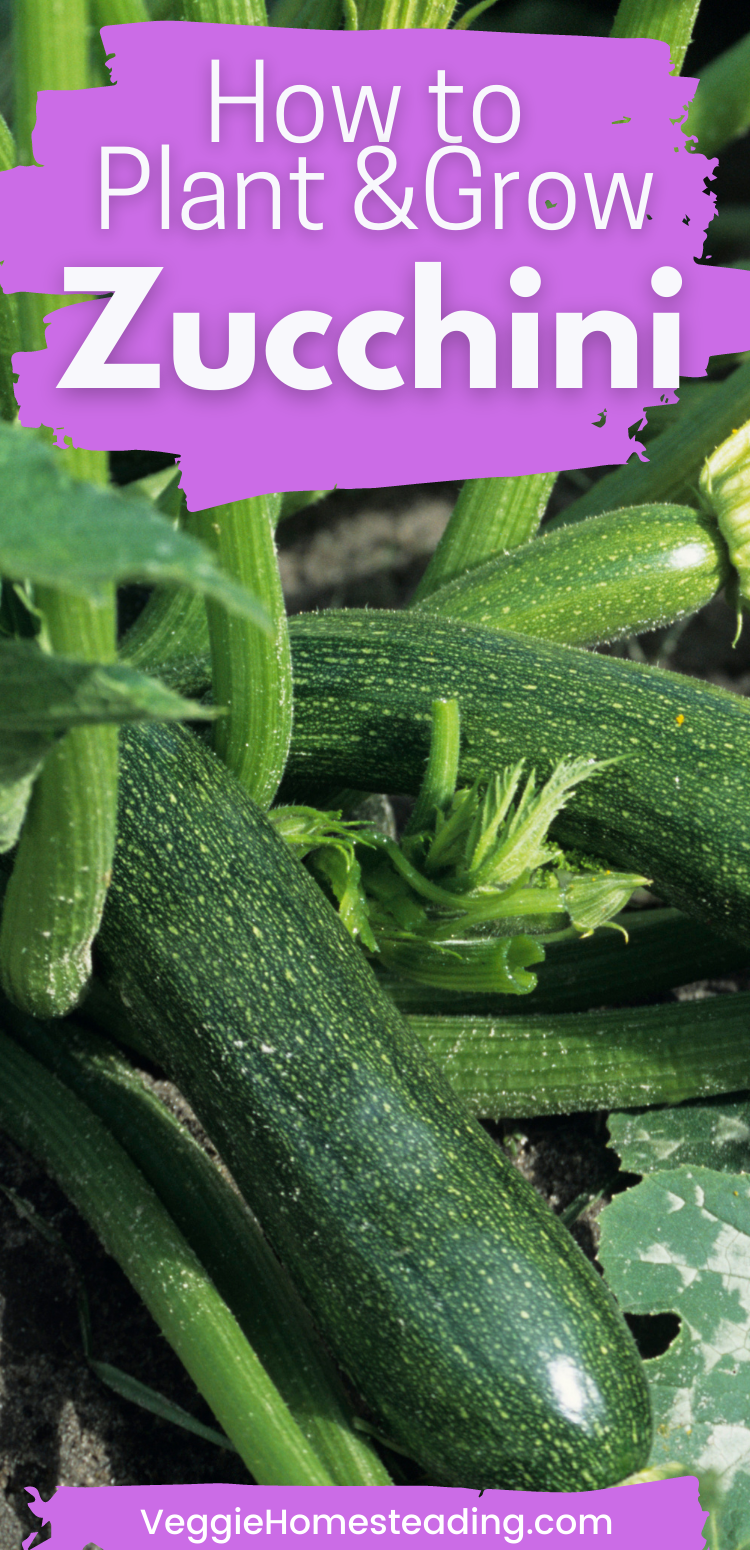Planting and Growing Potatoes
Potatoes are a vegetable that goes with so many different meals. Potatoes are an easy vegetable to grow. These tips and information are perfect for planting and growing potatoes in your garden or greenhouse.
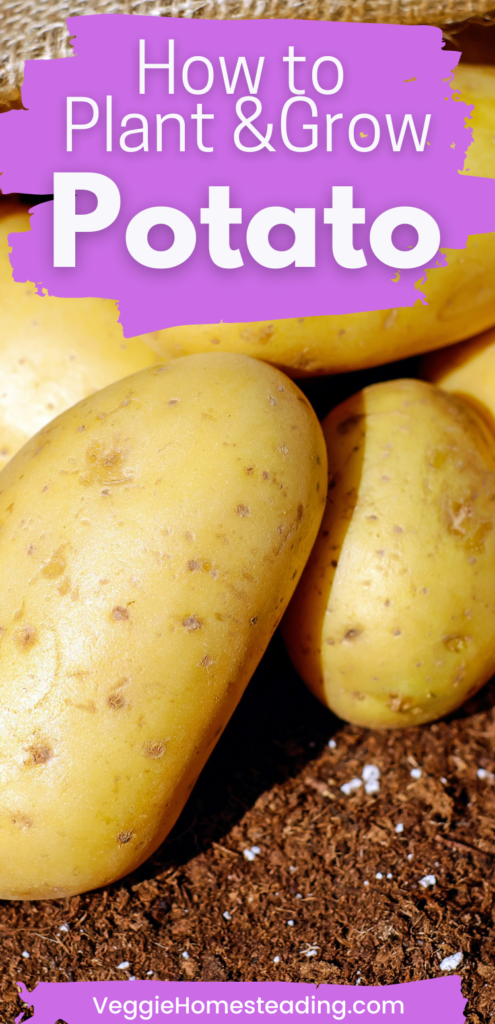
Botanical Information: Solanum tuberosum
Quick Facts: The potato is a root vegetable native to the Americas, a starchy tuber of the plant Solanum tuberosum, and the plant itself is a perennial in the nightshade family, Solanaceae.
Varieties:
There are many varieties of potatoes. The most common are:
russet
yellow
red
purple
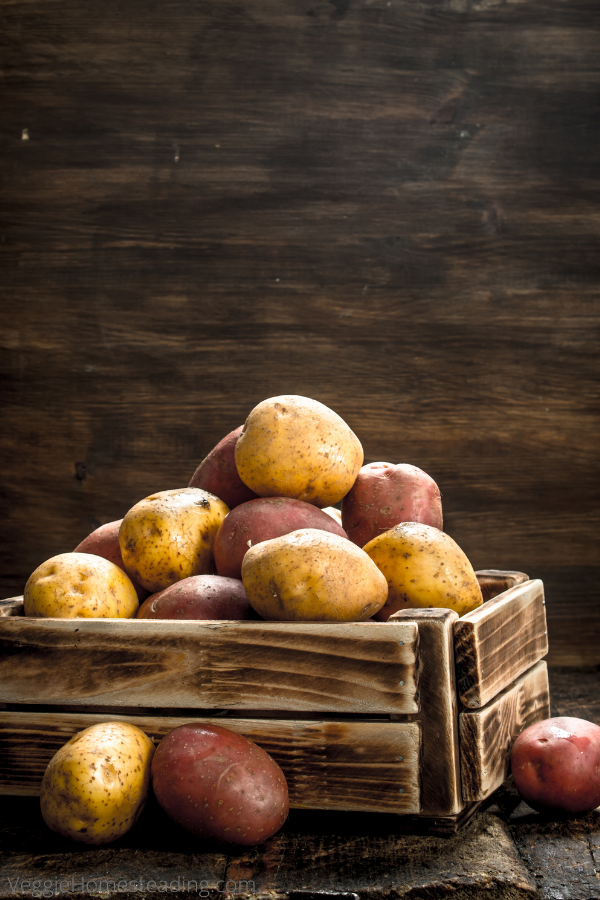
Starting:
To begin with, dig a trench that is 6-8 inches deep. Plant each piece of potato (cut side down, with the eyes pointing up) every 12-15 inches, with the rows spaced 3 feet apart. If your space is limited or if you would like to grow only baby potatoes, you can decrease the spacing between plants.
Spacing:
12-inches of space between each potato is perfect. Most standard and larger size potatoes need at least three feet of space between each of their rows and 12 to 15-inches or more between each seed potato.
Companions and Enemies
There are many plants that help potatoes grow. The most common are chamomile, beans, cabbage and corn.
On the other hand there are vegetables that will inhibit the growth of potatoes. Those can be turnips, carrots, tomatoes, onions and sunflowers.
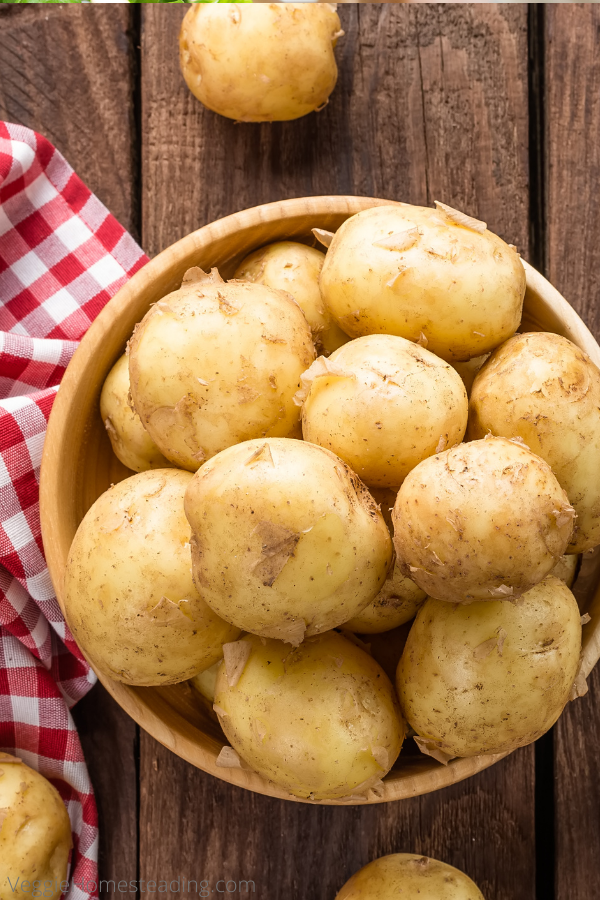
Watering :
Potatoes need between 1-2 inches of water per week.
Light:
Potatoes always do best in full sun. They are aggressively rooting plants, and we find that they will produce the best crop when planted in a light, loose, well-drained soil.
Pollination:
Because potatoes and tomatoes have similar flowers and pollination, potatoes are self-pollinated, which means they have the male and female flowers on one plant. Pollination can occur from wind and from insects. If you are planting in a greenhouse, pollination needs to happen d
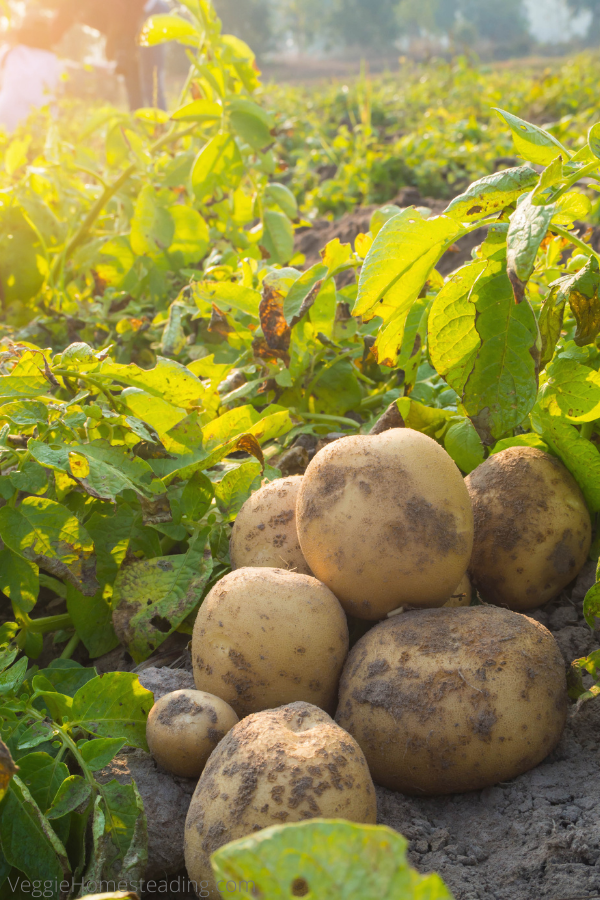
Common Problems
There are many bugs and parasites that can affect potatoes. The most common are potato beetles and flea beetles.
Harvesting
Wait until the tops of the vines have completely died before you begin harvesting. When the vines are dead, it is a sure sign the potatoes have finished growing and are ready to be harvested. To harvest potatoes, you’ll need a shovel or a spading fork. Carefully lift the plant and remove the potatoes you need. Set the plant back in place and water thoroughly.
Storing & Preparing
Potatoes can be stored in a cool dark place for a long time. You’ll know when potatoes have gone bad when they are squishy, instead of firm, and could have a bad smell.
Potatoes can be cooked in many ways. You can boil, bake and fry them. These can be great for side dishes.
Planting and Growing Potatoes can be easy with these tips.

